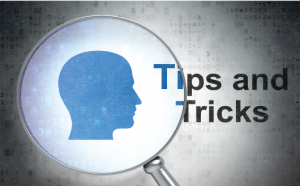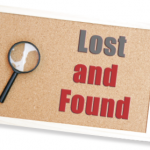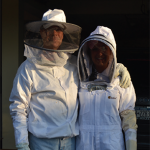
Maksim Kabakou / shutterstock.com
SAN DIEGO—Christopher Ritchlin, MD, MPH, director of clinical immunology research at the University of Rochester Medical Center in Rochester, N.Y., travels to academic medical centers frequently to present research, and the trips give him a chance to interact with a lot of residents. When he brings up basic science, the conversation often falters.
“I’ll say, ‘What’s your concept of the model of lupus today? How do you think about it?’” he said in a session on basic science education at the 2017 ACR/ARHP Annual Meeting Nov. 3–8. “And what I noticed as I travel around is, they looked at me like I was crazy.”
His colleagues agree: The state of basic science education must improve. In the session at which Dr. Ritchlin spoke, panelists reviewed ways of better engaging a new generation of learners, including highly focused Web programs and well-crafted, to-the-point, TED Talk-style lectures.
Dr. Ritchlin said the problem is that, too often, students aren’t taught in ways that allow them to apply basic science knowledge usefully.
“It wasn’t that they hadn’t been trained in basic science,” he said. “It was that the context wasn’t there. And it’s not just the training, [it’s] providing them the ability to be able to fit this into a model they can begin to use and move forward.”
Studies have found that knowledge of basic science comes up in subtle ways, giving clinicians coherence in their understanding of clinical features, even though it might not routinely come up in overt ways during case discussions.
“And in 21st-century rheumatology practice, we know we [must] have a good understanding of science because it’s so important in our therapeutics nowadays,” Dr. Ritchlin said.
Bethany Marston, MD, associate professor of allergy/immunology and rheumatology at the University of Rochester, said that while evidence-based clinical guidelines are clearly important, “sometimes it leads to thinking about simplistic problems in simplistic ways.” Instructors, she said, must give learners “the tools that they need to delve into more complex problems.”
“When to deviate from the guidelines?” she said. “Our residents and our fellows are adult learners, and they don’t want to be taught a curriculum, they want to solve problems. They want the knowledge and the skills that are necessary to solve problems,” she said. “We need to make sure that that relevance is clear.”
Students were busy on their iPads sending emails, googling things, buying stuff on Amazon—i.e., engaged with ‘anything but the lecture.’ —Dr. Desai
Incorporate Drama
Michael Pillinger, MD, professor of medicine at the New York University School of Medicine in New York, N.Y., said the bedrock of an effective lecture is storytelling, not dissimilar from the TV show, Law and Order, which almost always starts an episode with a body, followed by inquiry and a rise and fall of drama that keeps viewers hooked.
“Isn’t that what we’re trying to do?” he asked. “We’re trying to create a mystery our students [must solve].”
He suggested lecturers should in fact consider a Law and Order method of instruction. “Establishing those rises and falls is really what keeps people’s attention,” he said. “In our case, that body at the beginning sets the tone for whatever it is we’re trying to teach. What’s the big question we have to get to by the end?”
One option: Rheum4Science offers Web-based modules on basic science designed to do a better job of engaging learners. Each one is based on a case, takes just 15–20 minutes and includes immediate feedback for users, Dr. Marston said.
“The concept behind these modules is that they’re targeted,” she said. “These aren’t long, lecture-based modules. They’re targeted at a particular need, a particular topic.”
Sheetal Desai, MD, professor of rheumatology at the University of California, said one day she arrived early before giving her lecture and she sat in the back as the preceding lecture wrapped up. Students were busy on their iPads sending emails, googling things, buying stuff on Amazon—in other words, engaged with “anything but the lecture.”
She realized something had to change to meet the needs of a different generation of learners. She said she now loves giving lectures based on the TED Talk style, the series of short, engaging lectures by passionate speakers that run no more than 18 minutes.
The central tenet of TED Talks is that “when adults learn anything, under any circumstances, their emotions will be involved,” she said. The elements include storytelling, telling the audience something “brilliant and new,” focusing on a key message while keeping it short and having a conversation with the audience.
“The audience isn’t passive, sitting back and listening to a 50–60 minute lecture,” Dr. Desai said. “The audience is an engaged group of learners.”
Thomas R. Collins is a freelance writer living in South Florida.


